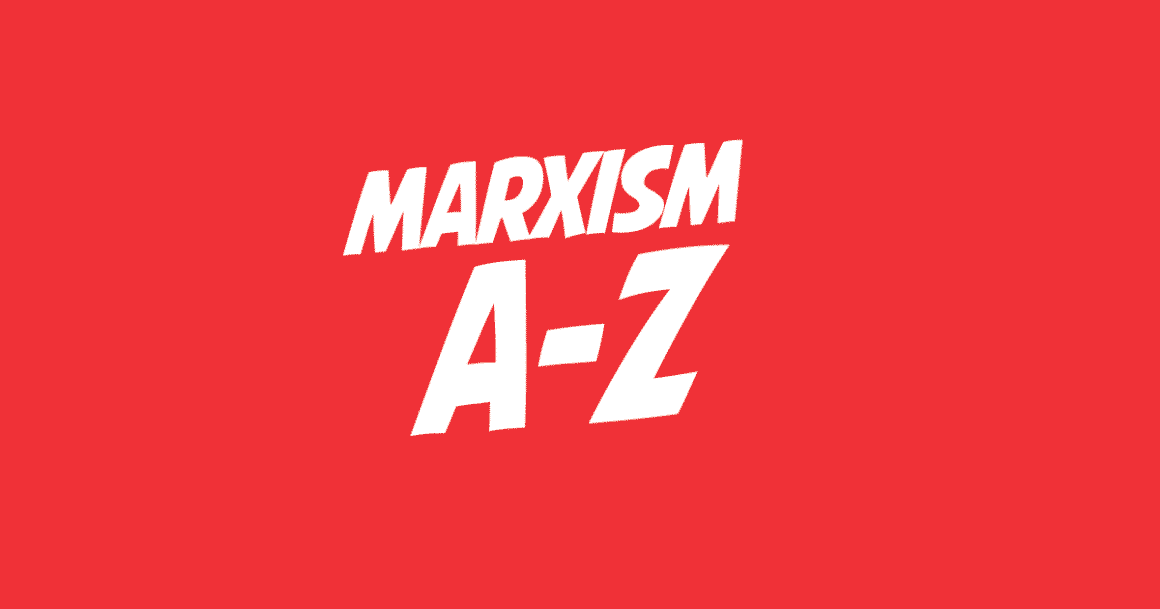

In 1937-38 Stalin put on trial the last remaining leaders of the Russian Revolution and most of the Red army General staff. They were convicted, amongst other things, of being “Trotskyists”, and shot.
In 1944-45, there were strikes in Britain’s mines and shipyards. The government – a coalition of Tory, Liberal and Labour – banned the strikes and accused the workers of being “Trotskyists”.
More recently, in 1989, when the workers of Eastern Europe rose up against the Stalinist regimes, they were accused by the dying hard-line Communist Parties of – you guessed it – “a Trotskyist uprising”.
But the vast majority of Red Army colonels, Barrow shipyard workers and East European protesters were not Trotskyists. Many had not even heard of Trotsky. They were attacked because they stood up against vicious rulers, but they were accused of Trotskyism because Trotsky has come to symbolise consistent revolutionary socialism. In this respect, Trotskyism’s opponents have got it right.
Leon Trotsky was born in the Ukraine in 1879. At 18, while a student, he decided to devote himself to revolutionary politics. From then on his life reads like a catalogue of the greatest events in the history of working class revolt. Exiled to Siberia, he joined Lenin’s Iskra network. He escaped across the Russian Arctic, reached Western Europe and participated in the London Congress where the Mensheviks and Bolsheviks first formed.
In 1904, he wrote a pamphlet predicting that the Russian workers would lead the revolution against the Tsar and, against every other Russian revolutionary, argued that they would turn it into a revolution against capitalism and spread it to the advanced countries.
When the revolution broke out in 1905, Trotsky, aged 25, was elected chair of the St Petersburg Workers’ Council (or soviet) which led the revolution. Arrested again, he was exiled again and escaped again. Until 1917 he remained abroad, active in the labour movements of Austria, the Balkans, France and the USA.
In 1917, after the fall of the Tsar, Trotsky returned once more to Russia. Although he had sympathised with the Mensheviks previously, he now saw the supreme importance of Lenin’s conception of the revolutionary party, joined the Bolsheviks and was immediately elected to their leadership.
Once again a leader of the soviet, Trotsky masterminded the October Revolution and, when civil war broke out, created the Red Army from the workers’ factory militias and led it to victory against the Whites and 16 foreign armies.
In the 1920s, he became the most intransigent opponent of Stalin’s increasingly dictatorial methods. It was in this period, in his struggle to defend the principles of the revolution at the same time as trying to develop a strategy for the international communist movement that a distinctive political method, Trotskyism, began to be codified, although he himself never used the term.
At its heart, was the idea, later embodied in the Transitional Programme of 1938, that in the modern, imperialist epoch, all workers’ struggles can be linked to the need to struggle for power. Whether in China in the mid-1920s, in the Soviet Union itself, in Germany as the Nazis rose to power or in the Spanish Civil War of the 1930s, Trotsky developed political strategies which began with the immediate attacks being made on the workers and devised tactics, demands and methods of organisation that could transform those struggles into revolutionary struggles.
This political method brought Trotsky into the sharpest conflict with all the forces within the workers’ movement who, consciously or not, opposed revolution in favour of some other, more immediate, supposedly more practical alternative.
In the 1930s, these forces were almost always more numerous and more powerful than Trotsky and his supporters. Only the most determined, the most clear-sighted, the most militant stayed alongside Trotsky as he fought to build a new, revolutionary International to lead the workers’ movement in the world war he saw approaching.
Trotsky summed up this method of fighting in the Transitional Programme – the action programme of the Fourth International. The method embodied in this programme remains a valid guide to action for working class militants today. In every struggle we fight to advance the element of workers’ self-organisation and control.
We fight for workplace committees, able to exercise control and a veto over management. We fight for cross-factory delegate committees, drawing in also delegates from housing estates, youth groups and the unemployed. Not only can these co-ordinate the struggle better than any trade union bureaucrat – they can also serve as a centre of potential working class power.
On the picket line, revolutionaries do not rest content with the “link arms and push” approach of the left trade union bureaucrats, but fight for organised picket line defence squads. In the fight against racism and fascism we likewise try to organise an alternative force, the better to prepare and equip the working class for the day it has to go up against the capitalist state machine.
There are many “heroic” aspects to Trotsky’s life: the exiles, the battles and insurrections, the defiant speeches to his prosecutors, the assassination – all these are the stuff films are made of. But Trotsky’s major achievement was to understand and keep alive the idea that socialism is built by the workers themselves – not by heroic individuals. He understood that workers have to learn in practice what socialism will look like – not just from books and newspapers but from the practical struggle in their own workplaces, estates and trade unions.
And that is why, wherever workers struggle for their own needs – ignoring the bureaucrats’ pleas for moderation, and beginning to find new goals and forms of struggle – they are denounced as Trotskyists.